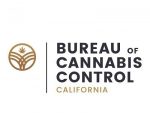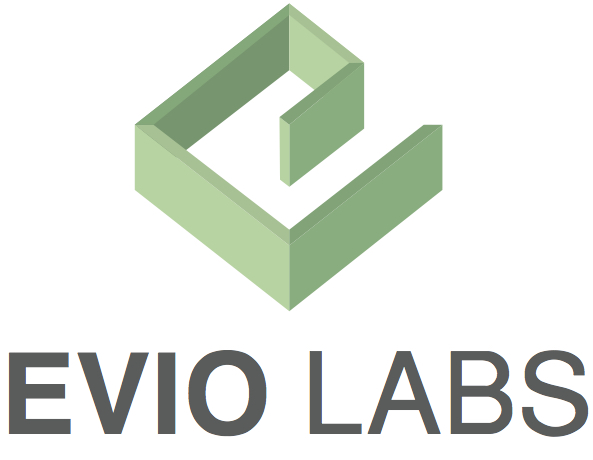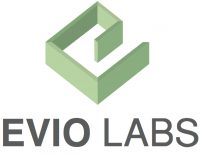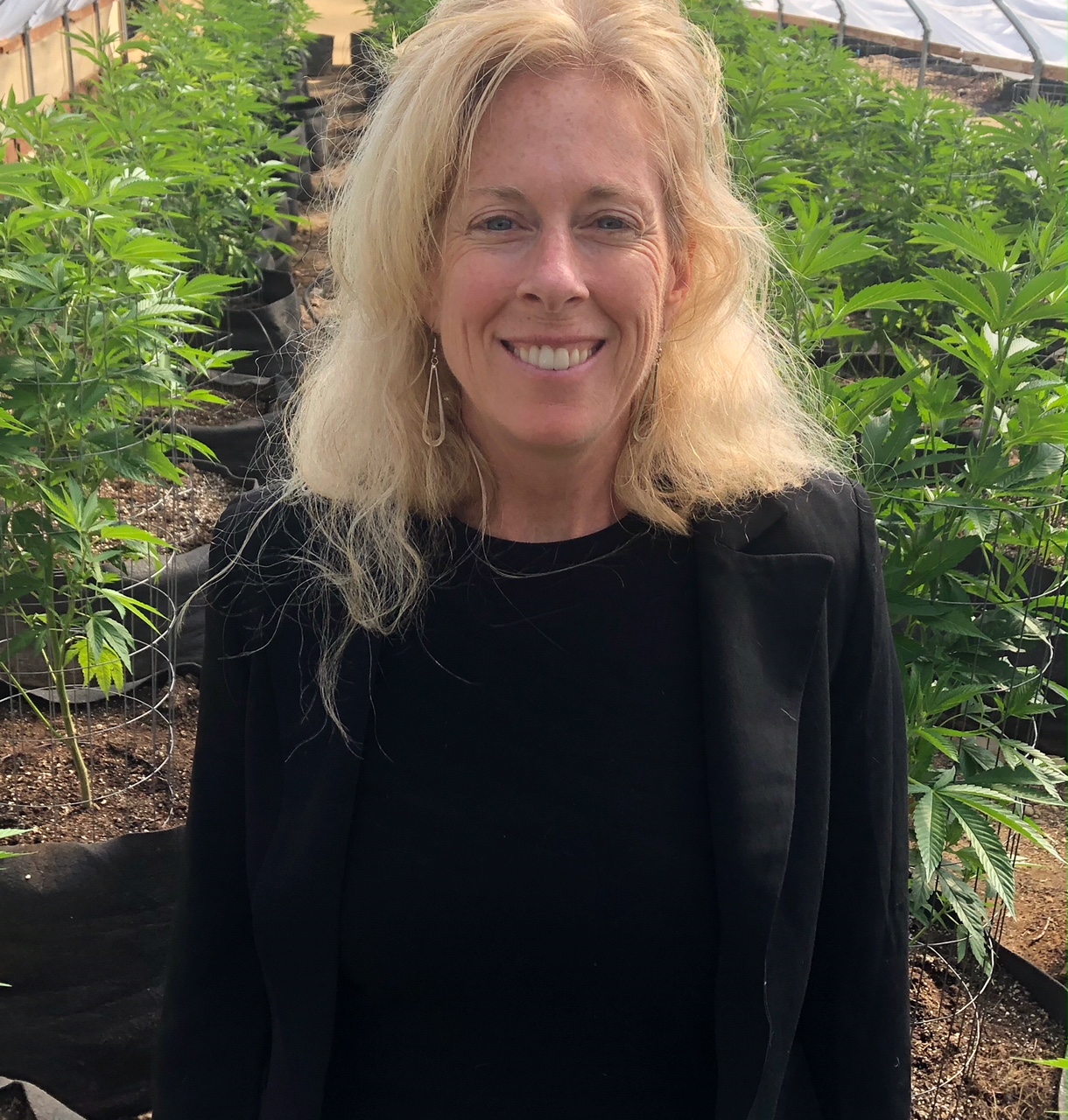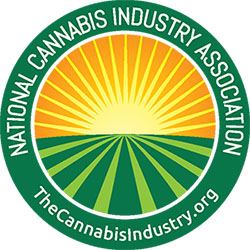Documents play a key role in the world of regulations and global standards. Documents tell a story on programs development, implementation and verification during an inspection or audit. Documents are used as evidence to determine conformance to the law or standard. However, do you know what kind of documents may be reviewed during a regulatory inspection or a food safety audit? Are you prepared to show that the implementation of regulatory requirements or a standard is done efficiently at your facility?
Inspectors and auditors will look for compliance either to regulations or to a standard criterion. Regulations and standards require that documentation is controlled, secured and stored in an area where they cannot deteriorate. Therefore, writing a Document Management Program (DMP) will help a business owner ensure consistency in meeting this and other requirements.Radojka Barycki will host a a plenary session titled, “Cannabis: A Compliance Revolution” at the 2018 Food Safety Consortium | Learn More
A well-developed and implemented DMP provides control over documents by providing a number sequence and revision status to the document. In addition, ownership for development, review and distribution of the documents are assigned to specific individuals within the company to ensure that there are no inconsistencies in the program. Documents must also have the name of the company in addition to a space to write the date when the record is generated. It is recommended to include the address if there are multiple operational sites within the same company.
There are different types of documents that serve as support to the operations:
- Program: A written document indicating how a business will execute its activities. When it comes to the food industry, this is a written document that indicates how quality, food safety and business activities are controlled.
- Procedures: General actions conducted in a certain order. Standard Operational Procedures (SOPs) allow the employee to know what to do in general. For example, a truck receiving procedure only tells the employee what the expected conditions are when receiving a truck (cleanliness, temperature, etc.) However, it doesn’t tell the employee how to look for the expected conditions at the time of the truck arrival.
- Work Instructions: Detailed actions conducted in a certain order. For example, truck inspection work instruction tells the employee what steps are to be followed to perform the inspection.
- Forms: Documents used to record activities being performed.
- Work Aids: are documents that provide additional information that is important to perform the job and can be used as a quick reference when performing the required activities within the job.

The inspectors and auditors base their role on the following saying: “Say what you do. Do what you say. Prove it!” The programs say what the company do. The procedures, work instructions and work aids provide information on implementation (Do what you say) and the forms become records that are evidence (prove) that the company is following their own written processes.
Regulatory requirements for cannabis vary from state to state. In general, an inspector may ask a cannabis business to provide the following documentation during an inspection:
- Business License(s)
- Product Traceability Programs and Documents
- Product Testing (Certificate of Analysis – COAs)
- Certification Documents (applicable mainly to cannabis testing labs)
- Proof of Destruction (if product needs to be destroyed due to non-compliance)
- Training Documents (competency evidence)
- Security Programs
As different states legalize cannabis, new regulatory requirements are being developed and modeled after the pharma, agriculture and food industries. In addition, standards will be in place that will provide more consistency to industry practices at a global level. The pharma, agriculture and food industries base their operations and product safety in programs such as cGMPs, GAPs, HACCP-based Food Safety Management Systems and Quality Management Systems. Documents required during an inspection or audit are related to:
- Good Agricultural Practices (GAPs)
- Current Good Manufacturing Practices (cGMPs)
- Food Safety Plan Documents
- Ingredient and Processing Aids Receiving
- Ingredient and Processing Aids Storage
- Operational Programs (Product Processing)
- Final Product Storage
- Final Product Transportation
- Defense Program
- Traceability Program
- Training Program
- Document Management Program
In the always evolving cannabis industry, are you prepared to face document requirements now and in the future?











